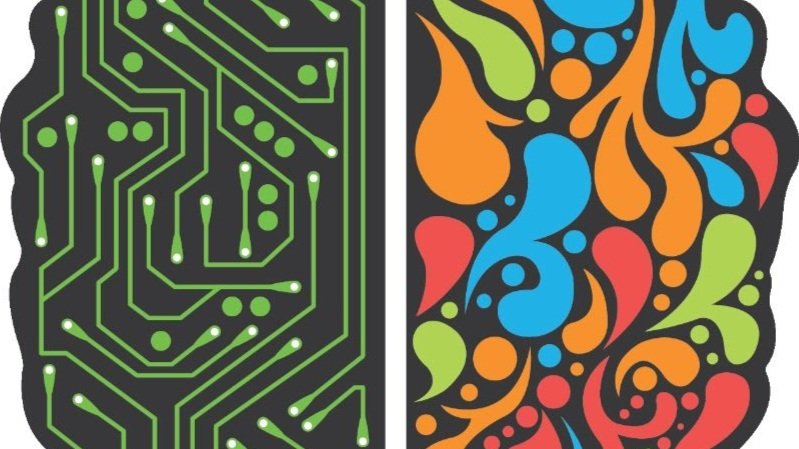
Create A Routine
Create a Routine
Structure as a Source of Stability and Comfort
For many neurodivergent children, uncertainty can trigger stress, meltdowns, or withdrawal. Routines provide a framework that helps children feel safe, empowered, and ready to engage with their environment. A predictable schedule reduces anxiety, builds confidence, and supports executive functioning skills like time management, task initiation, and emotional regulation.
Creating a routine doesn’t mean every moment must be rigid—it means building rhythms that bring security while leaving room for growth and flexibility.
Why Routine Matters
Children with autism, ADHD, sensory processing differences, and other forms of neurodivergence often struggle with transitions, overstimulation, and unpredictability. A well-established routine:
Promotes a sense of control
Improves behavior and emotional regulation
Increases cooperation during transitions
Supports independence and learning
How to Build an Effective Routine
Develop a Visual Schedule
Visual supports make routines accessible, especially for children who are non-speaking, have limited reading skills, or benefit from visual processing.
Options:
Picture cards (PECs)
Whiteboards with images
Printed daily schedule posters
Digital visual planners
Tools & Resources:
CanPlan App (iOS) – For visual task support
Include Calming Activities
Embedding moments of calm helps regulate the nervous system and supports smoother transitions.
Ideas to try:
Deep pressure hugs or weighted blankets
Sensory play (e.g., kinetic sand, play dough)
Yoga or movement breaks (check out Cosmic Kids Yoga)
Guided breathing or meditation (Smiling Mind App)
🧠 Pro tip: Build calming transitions before and after known triggers (e.g., school drop-off, mealtime, bedtime).
Be Flexible
While structure is important, rigidity can create stress. Allow space to adapt based on how your child is feeling, unexpected changes in schedule, or new developmental needs.
Build in:
“Choice time” blocks to offer autonomy
Buffer periods between transitions
A backup plan or symbol (e.g., “change card”) to visually cue when something has shifted
Example:
If your child normally has screen time after homework but had a rough day, adjust the schedule to include a sensory break first—then gently return to routine the next day.
Real-Life Example: "Jordan’s Visual Morning Routine"
Jordan, a 6-year-old with autism, used to resist getting dressed and brushing teeth in the morning. His parents created a laminated visual schedule with icons representing each step: wake up, use the toilet, get dressed, brush teeth, eat breakfast, pack bag.
After two weeks of modeling and reward stickers, Jordan began following the schedule independently, reducing conflict and helping everyone start the day more peacefully.
Printable Tools & Templates
Support and Guidance
Need help developing a personalized routine?
Ask your child’s occupational therapist or behavior therapist for guidance.
Join online communities for fresh ideas and daily hacks:
Encouragement for the Journey
“Routines may feel small, but they build the scaffolding that helps children rise into their potential.”
— Dr. Mona Delahooke, child psychologist
Whether your routine starts with two simple tasks or expands into a full daily plan, what matters is consistency, compassion, and connection. Remember, it’s okay to start small, adapt often, and celebrate every step forward.